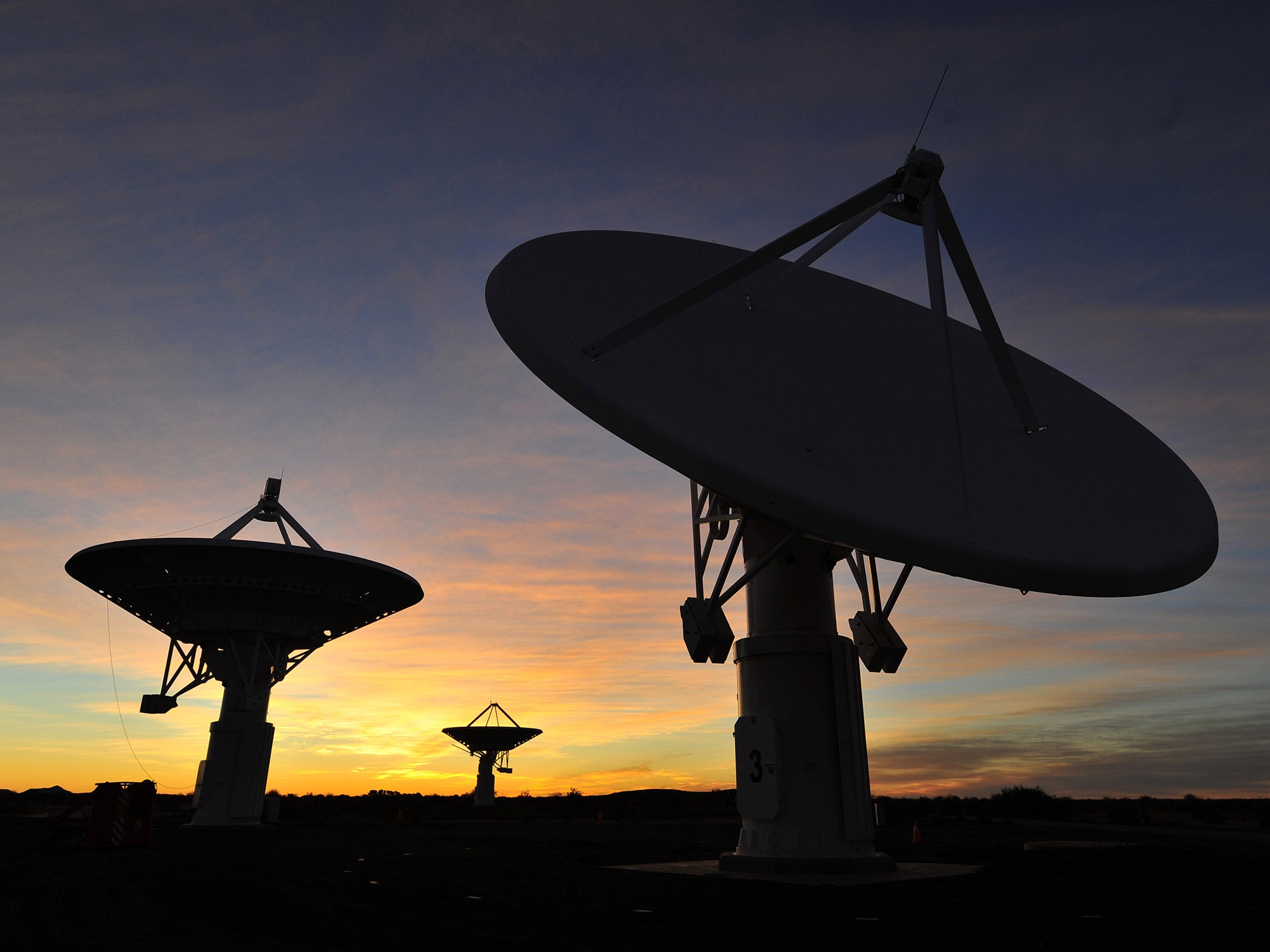1566 Icarus: How to spot Earth-crossing asteroid and livestream the 'distant pass'
The asteroid doesn't pose any danger to us, but will be close enough to see

Your support helps us to tell the story
From reproductive rights to climate change to Big Tech, The Independent is on the ground when the story is developing. Whether it's investigating the financials of Elon Musk's pro-Trump PAC or producing our latest documentary, 'The A Word', which shines a light on the American women fighting for reproductive rights, we know how important it is to parse out the facts from the messaging.
At such a critical moment in US history, we need reporters on the ground. Your donation allows us to keep sending journalists to speak to both sides of the story.
The Independent is trusted by Americans across the entire political spectrum. And unlike many other quality news outlets, we choose not to lock Americans out of our reporting and analysis with paywalls. We believe quality journalism should be available to everyone, paid for by those who can afford it.
Your support makes all the difference.Asteroid Icarus is set to fly past us closer than it has for decades — but, thankfully, that’s still easily far enough away not to worry that we’re going to get blown up. But the space fly-by will be close enough to spot — and will be in a perfect position for those in the UK.
The asteroid will pass over and be observable between June 16 and June 22, according to Astronomy Now.
The asteroid won’t be close enough to see with the naked eye. But — weather permitting — it will be visible through telescopes or on livestreamed videos.
To see it, you’ll need a telescope about 8-inches or larger. You can buy them from photography shops, or you can get in touch with local stargazing groups or organisations which might be holding events where you’ll be able to go along and have a look at the sky through someone else’s equipment.
But if you’re not able to get hold of a telescope, the best way to see Icarus is to look at the view through someone else’s, over the internet. Online observatory Slooh will be holding a special event to see the fly-by — and offers a one month free trial, letting you sign up just in time for the fly-past.
In the UK, the best time to head out will be in the very early morning, at about 1am. Unfortunately, the asteroid will be heading over during the summer solstice — meaning that the key thing is to beat the sun, especially in the north of England and Scotland.
The fly-by will be the last time to see the asteroid as it goes near us for decades, according to Nasa. It will come close again in 2043 — when it will be almost 5.5-million miles away — and won’t come as it is now until June 14, 2090, when it will be about 4-million miles from us.
Join our commenting forum
Join thought-provoking conversations, follow other Independent readers and see their replies
Comments